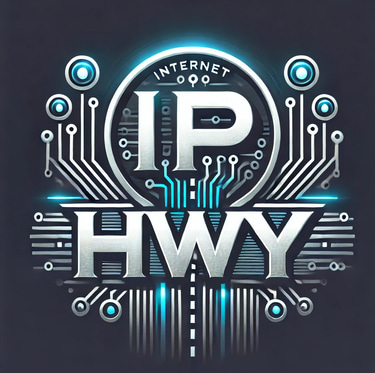“Who Owns This Server?” .. Why Asset Ownership Is Still Broken in IT
The Orphaned Infrastructure Epidemic
Jim Leone
5/2/20252 min read
The Orphaned Infrastructure Epidemic
It starts innocently enough. A VM spun up for a quick project. A physical server tucked away for testing. A service account or admin credential shared for the sake of convenience. Months go by. The owner leaves, the documentation disappears, and before you know it, you have a bloated IT environment full of forgotten infrastructure.
And when patching windows hit or vulnerabilities arise, the question echoes through every IT and security war room:
“Who owns this server?”
This isn’t just a minor administrative oversight. It’s a real security risk, a compliance failure waiting to happen, and a guaranteed source of technical debt. And despite the availability of advanced monitoring tools, cloud management consoles, and CMDB platforms, asset ownership remains one of IT's most persistent blind spots.
The Origins of Orphaned Infrastructure
The problem isn’t new, but it’s been amplified by a few key trends:
Decentralized Provisioning: When DevOps and departmental teams spin up VMs or containers without central governance.
Cloud & VM Sprawl: The convenience of self-service provisioning often leads to poor documentation.
Staff Turnover: Employees leave, projects end, but the assets linger.
Inconsistent Decommissioning: No formal handoff or offboarding process for servers or apps.
Shadow IT: Systems and services created without IT’s knowledge or approval.
Every one of these factors contributes to the ever-growing inventory of systems with no clear owner, no defined business purpose, and no accountability.
Why It’s a Big Problem
Security Exposure Orphaned assets often fall outside of patching cycles and monitoring tools. They become low-hanging fruit for attackers looking to exploit vulnerabilities.
Compliance Failures Frameworks like PCI DSS 4.0, ISO 27001, and SOC 2 demand clear ownership and accountability. Unaccounted-for systems can lead to audit findings, fines, or worse.
Operational Inefficiency When something breaks or needs updating, IT teams waste hours tracking down someone to approve action.
Financial Waste Forgotten cloud workloads rack up monthly charges. Legacy licensing for unused software quietly eats into the budget.
Case in Point: Real-World Example
During a recent vulnerability scan for a customer, our SOC flagged a Microsoft SQL Server running an outdated build. It wasn’t showing up in their inventory reports, and it lacked endpoint protection.
Turns out, it had been spun up two years earlier for a reporting tool no longer in use. The original developer had left the company. No one remembered the server existed.
The vulnerability was critical. The risk was real. And the incident was entirely avoidable.
Fixing the Ownership Gap: A Practical Roadmap
1. Enforce Ownership at Provisioning
Every system should be tagged at creation with:
Owner (person/team)
Purpose
Expected lifespan
Associated business unit
2. Use Metadata & Auto-Tagging
Configure cloud platforms or IaC pipelines to auto-tag based on who created the asset.
Feed these tags into a CMDB or asset tracking tool.
3. Make Ownership Visible
Include owner information in dashboards, monitoring systems, and incident tickets.
4. Review & Reconfirm Quarterly
Send automated emails to asset owners asking them to validate ownership and confirm relevance.
Flag unconfirmed assets for review or decommissioning.
5. Establish a Formal Decommissioning Policy
If a system hasn’t been accessed in 90 days and no one claims ownership, it gets archived and scheduled for shutdown.
IT vs Business Ownership
Here’s the key: IT is not the owner of most systems.
IT maintains, monitors, and secures the infrastructure. But the business unit that requested the system is responsible for its purpose, its data, and its justification.
Asset ownership needs to be formalized just like budget ownership.
Own or Be Owned
Unowned infrastructure is dangerous. It’s a magnet for attackers, a liability in audits, and a drain on your resources. In 2025, with AI-driven attacks and compliance scrutiny ramping up, visibility and accountability are non-negotiable.
Start asking the question now, before your next breach or failed audit does it for you.....
The IP HighWay
Stay updated with the latest IT security news.
info@iphwy.com
© 2025. IPHwy LLC. All rights reserved.



